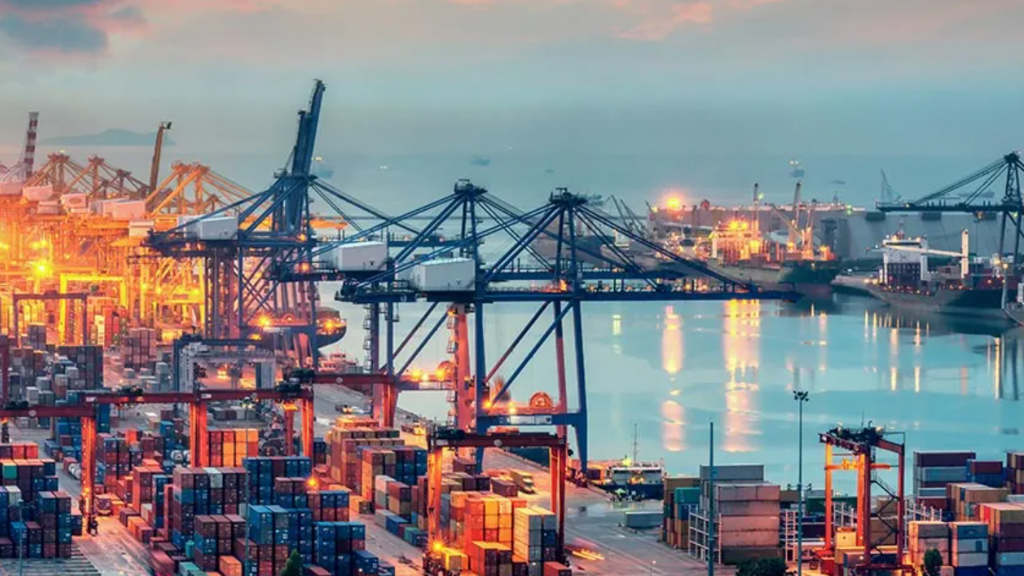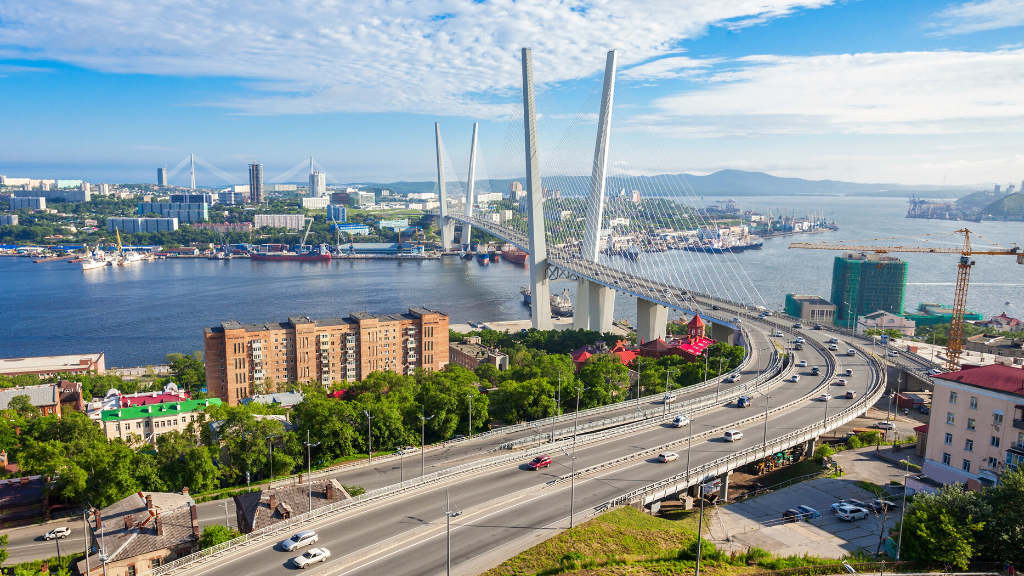It’s interesting – even laughable – to note how the Western media describe problems in the West as ‘Global’ issues, whereas in fact they are often referring to matters related solely to the United States and Europe. It begs the question of how realistic their knowledge of how the global trade and geopolitical system now actually works. An example of this apparent grandeur that “Global” means “The West” are reports concerning upcoming ‘global’ supply chain problems, with many Western sources and Governments using the global term to describe serious problems in current supply chains affecting purely their own markets.
However, these problems also illustrate the wisdom of Russia’s Pivot to Asia, and the backfiring of Western sanctions upon the country. We describe the current supply chain issues – and the potential solutions – in this article.
What is occurring is that key traditional (Western) Christmas supply chains – a period of intense activity for shippers and logistics companies – have come under extreme pressure just as demand and supply reaches its annual peak. Several bottlenecks have arisen at the same time to create significant headaches. Shippers are facing a myriad of issues, from the conflict in the Middle East and drought in Central America to strike action in the United States, and companies are finding it more difficult – and more expensive – to transport supplies. How bad is the West’s supply chain squeeze? And what could be done about it?
The Red Sea and Suez Canal
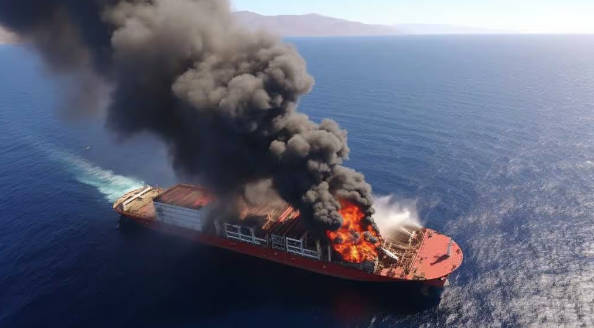
A primary cause is the Israeli conflict in the Middle East and the impact on the movement of trade through the Red Sea. Traffic has plummeted by two-thirds through the key shipping route since attacks on vessels by Houthi rebels, aimed primarily at Western ships with the Houthi’s wanting to illustrate both who is in de facto control of the passage, and demonstrate support for Palestine. Prior to this, the Red Sea route accounted for 40% of all Asian supplies to Europe (including 20% of its oil and gas needs). That has been reduced to a supply chain now servicing just 13% of Europe’s normal demand.
This bottleneck is not just limited to supply issues, as it has also impacted on the costs. Instead of the Red Sea route, shippers must now traverse the Horn of Africa, which adds ten days longer to the supply chain, and increases fuel, insurance and operating expenses amounting to US$500,000 per one way trip (US$1 million for the return to Asia). Many companies, including major shipping firms such as Maersk, have all but abandoned the route. For those that remain, according to Xeneta, spot rates for 40ft shipping containers moving between Asia and Europe via the Red Sea now stand at US$8,587 per container – 468% higher than in December 2023.
Now, a new flare-up of tensions between Israel and the Middle East – the Lebanon and Iran have both been targeted by Tel Aviv – is a significant escalation and can be expected to result in further Red Sea shipping disengagement meaning that even the remaining 13% of vessels serving the European markets may now dwindle to zero.
It has escaped many, however the Suez Canal and Red Sea shipping lanes, so long a route both created by and protected by European powers, have also undergone a shift in their geopolitical management. Egypt is a full BRICS member, with Saudi Arabia all but the same, while neighbouring Sudan and Yemen have also expressed interest in joining. All are now firmly in Russia’s orbit, while China also has a significant say, in trade terms, about the future for Red Sea transits. This means that in resolving the Middle Eastern crisis and rescuing the Red Sea route, Moscow, Tehran and Beijing, rather than Brussels and Washington, have emerged as the most influential power brokers as to the future of this supply chain. Yet even then, the Red Sea is not the most convenient solution – it is facing significant competition.
The International North-South Transportation Corridor (INSTC)
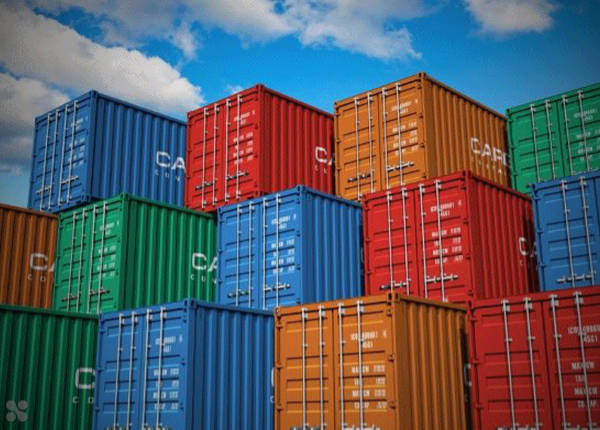
The Red Sea and Suez Canal disruptions – and Europe’s supply chain woes – are not just limited to the Israeli conflict. The route also faces significant competition from the International North-South Corridor (INSTC). This multi modal route avoids the Red Sea altogether and uses the Caspian Sea as its maritime corridor. It has regional access to South Asia via Iran’s Persian Gulf Ports (Iran’s Chabahar Port to India’s Mumbai Port is just 3 days sailing, with Pakistan also joining the project) while it also provides access to Europe via Azerbaijan’s Baku Port, and via road and rail to Turkiye and Georgia’s Black Sea Ports. From there, ships could theoretically reach EU ports in Bulgaria and Romania. Ukraine’s Black Sea Ports to Europe are now blockaded – and in a conflict zone – rendering them inaccessible. Goods could also reach Europe overland from Russia’s Caspian Sea Ports at Astrakhan – except that the EU has banned nearly all inbound goods from its borders with Russia and Belarus.
However, the INSTC and Black Sea routes to Europe have also become problematic in several different ways. Firstly, the supporting INSTC infrastructure has not yet been fully completed and it has bottlenecks of its own, both across Iran and from Azerbaijan through the Caucasus to Black Sea. These won’t be fully resolved until 2030 and possibly longer (although the Russian section is being fast tracked). The EU ports at Constanta (Romania) and Varna (Bulgaria) have been under-invested and are not at their capacity potential. Suggested Chinese BRI investment into them has been rebuffed. In addition, the European Union has imposed significant sanctions upon Iran, barring its logistics companies from any engagement. Sanctions imposed upon Iran have cut off an important supply chain to Asia.
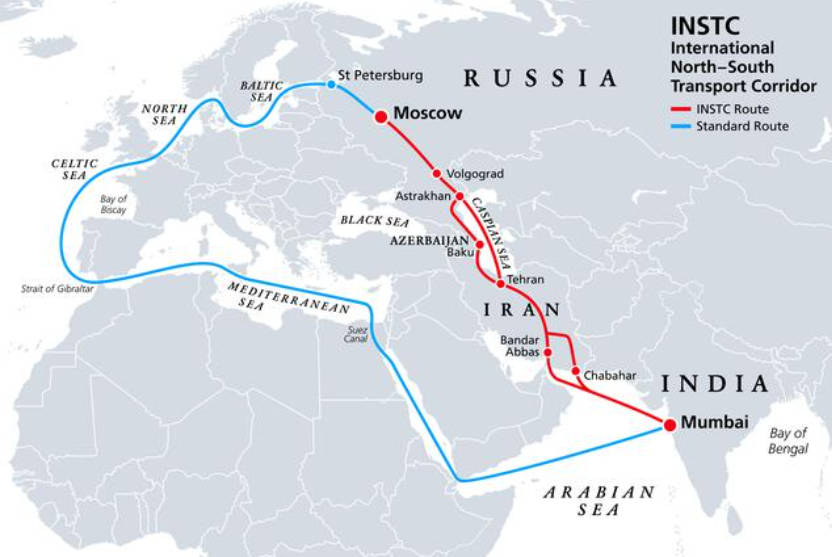
Secondly, insurance costs for Black Sea shipping have increased due to the Ukraine conflict, further rendering the route less viable. Thirdly, and with rather more profound, longer term implications, Azerbaijan is also in Russia’s orbit and plans to join the BRICS, while Georgia has also recently moved to a more pro-Russian stance – a development that Brussels has responded to with the threat of sanctions and visa-restrictions against Georgian nationals.
Finally, there is the EU’s relationship with Turkiye, another key component for Brussels in its supply chain alternatives. Turkiye has been an EU candidate member since 1987 with little to no progress made. Although, in common with most EU members, it is a member of NATO, Ankara has been making very strong hints that it will join the BRICS group instead. If so, this will also impact Turkish trade with its supply chains moving to markets where it feels more welcome.
These developments collectively mean that the EU has effectively negotiated itself out of any Asian connectivity from the Caspian routes – which also include markets in Kazakhstan and Uzbekistan, both of which have preferential trade agreements with the EU, but which are now likely to see this potential significantly diminished. Crucially, this also cuts the EU off from nearly all its overland trade with China – its second largest trade partner and forcing it to rely solely on maritime routes instead.
Russia meanwhile remains well connected with Asia via both the INSTC – which is set to expand its capacity in coming years, and overland direct and via Kazakhstan to China. It is currently involved in double-tracking the Trans-Siberian railway, building a second, more northern railway in the BAM route, and is investing significant amounts of money in developing its Far Eastern sea ports. Examples are here, here, here and here
The Panama Canal

In more bad news for Western supply chains, traffic through the Panama Canal has dropped by 45% after drought has forced its operator to limit the number of ships that can travel through it. With this reduced volume almost certainly a result of global warming, the Panama Canal was responsible for handling 40% of all United States shipping, which is also an important artery for EU energy and agriculture supplies. This has also resulted in longer routes via Chile’s Cape Horn, adding 14,000 nautical miles from San Francisco’s port to New York and even further onto Europe. That adds about four weeks to the overall transit at an additional cost of roughly US$4.2 million per vessel. Clearly, with the Panama Canal problem unlikely to be resolved, the European markets will be effectively cut off from the West coast of the United States, with pan-American road and rail haulage the only other viable solution. That is a 2,300km journey of about 5 days and also involves a far more complicated loading of vessels in New York. This adds an estimated 40% more in costs.
This is not a problem facing Russia. It can reach Latin American East coast markets from its Baltic Sea Ports, and is actively investing to increase capacity at its major export hubs near St. Petersburg. Brazil is already a full member of BRICS, while other LatAm east coast countries such as Cuba, Honduras, and Venezuela have also made official requests to join and are close to Moscow.
For the Latin American west coast, Russia services these from its Pacific coast ports, most notably Vladivostok, with several adjacent ports also being expanded. LatAm west coast countries that have applied to join BRICS include Nicaragua, El Salvador, Colombia, Ecuador, Peru and Bolivia (which is inland but accessible via Peru).
Back to Europe though, and the Panama Canal problems are not the only issue its supply chains are facing when it comes to supplies from North and South America.
US East Coast Port Strikes

More European trade disruption has occurred following the port workers’ strikes on the east coast of the United States. On Tuesday (October 1), nearly 50,000 members of the International Longshoremen’s Association (ISL) went on strike, affecting 14 ports across the east coast of the US. The ISL President, Harold Daggett, has stated to the US government – words that will also chill the UK and EU – that “I will cripple you – and you have no idea of what that means.” Average prices for shipping one container to Europe from the US east coast immediately rose to US$2,861 from US$1,836. The strike has now been resolved and workers returned, however in backing down to the ISL, the US government has also made it vulnerable to similar attempts to coerce it for additional demands. Future strikes cannot therefore be ruled out, additionally implying that US-Europe trade is now controlled by the ISL and potential for making demands.
Interestingly, the strike was partially as a result of the planned introduction of digital technologies designed to make the port processing more efficient, again suggesting that US ports are falling behind their Russia and Asian equivalents. World Bank data indicates that no US ports are in the global top 50 in terms of effectiveness, measured as productivity versus cost. Labour Unions are permitted in Russia, China and most Asian countries; however regulations are in place that criminalise industrial action in critical infrastructure, including port operations. Although this situation has been resolved for now, the fact that a Union, rather than the US government can dictate trade terms should be a concern for European importers.
Cost Impacts
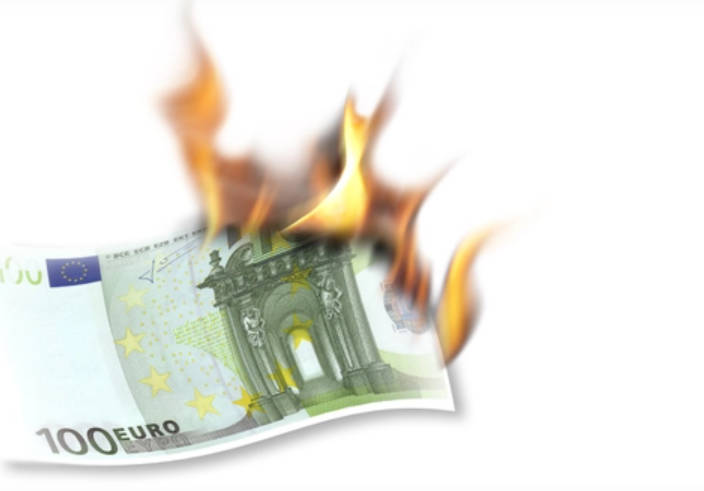
The price for oil has risen to US$76 a barrel on Wednesday (October 2), from US$71 at the start of the week. Some analysts believe it could break US$80 within days. There is also a threat to Iran’s crude output by an Israeli retaliation against its oil infrastructure. Goldman Sachs estimates Iran can produce 1m barrels of oil a day, but there could be further disruption to supplies if problems with key shipping routes through the Red Sea affect crude exports from the wider Middle East region. An interruption of oil trade through the strait of Hormuz, a narrow waterway at the mouth of the Persian Gulf, would result in a “large oil price spike”.
This impacts Russia positively as its revenues as a major oil producer would increase, and Europe negatively as its manufacturing and consumer costs would increase. Carmakers such as Volvo and Tesla have already had to suspend production lines because of a lack of parts as a result of the disruption.
Continued problems in all these cases will ultimately hit the Western consumer, and especially in Europe, as the United States has its own oil reserves. What is likely to happen in Europe are winter price increases, product availability problems, and inflation, pushing up the price of everything from food to household energy bills.
Russia’s Solutions
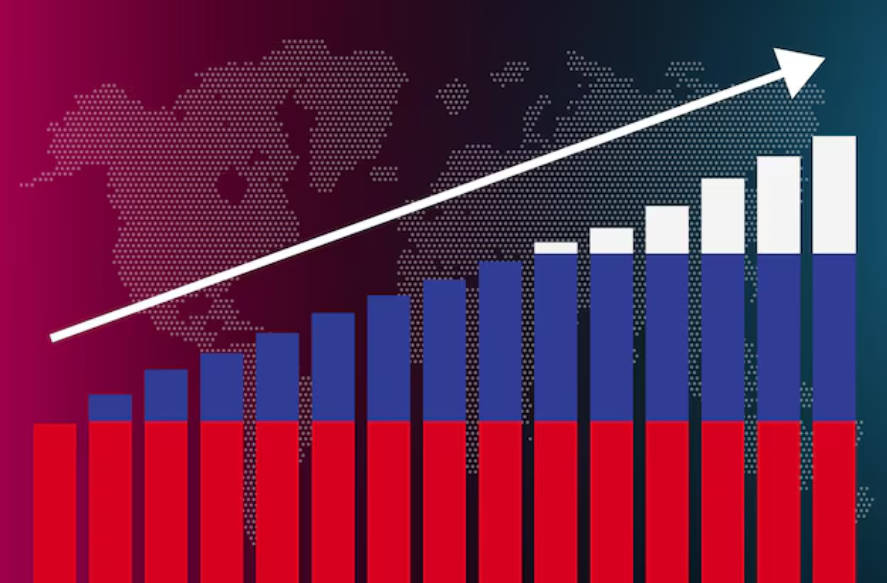
Russia is making longer term plans to get around the US and European woes. Its trade with the United States and Canada is minimal in any event – less than US$20 billion with the US (three-quarters of which were Russian exports) and less than US$400 million with Canada. In short, what happens with US supply chains has little impact on the Russian economy.
Instead, it has focused largely on developing supply chains and markets in Asia and has been investing significantly in increasing these further. This includes substantial, road, rail and seaport developments both inside Russia as well as its gateways to the East – its land border crossings with its eastern partners are all undergoing significant capacity upgrades. It is notable that Russia is doing this while the EU has been retrenching from the China market in particular.
Some of these solutions could benefit Europe. Chief amongst these are the Northern Sea Route, which just saw a record-breaking transit time of 21 days from St. Petersburg to Shanghai.
Russia is also upgrading its numerous arctic ports and connecting them to its massive river system – Russia has 200,000km of navigable waterways compared to 41,000 in the EU. The difference is that Russia is investing in these and upgrading capacity. There are in fact 28,000km of waterways that connect Russia and the EU – with these due to be part of the UNECE European Agreement on Main Inland Waterways of International Importance. However, the project has been indefinitely postponed by Brussels due to the EU closing its borders with Russia.
Russia is also actively seeking new emerging markets. We have already discussed the inroads it is making in Latin America, however it is also expanding into entire continents where European powers are now departing. A major example is Africa, where numerous ex-British and French colonies have become close to Moscow and are now developing trade ties with Russia as opposed to the EU and UK. Several of these have also declared an intent to join BRICS, including Algeria, Angola, Cameroon, the Central African Republic, Congo, the Democratic Republic of Congo, Equatorial Guinea, Ghana, Libya, Morocco, Nigeria, Senegal, Sudan, South Sudan, Tunisia, Uganda and Zimbabwe. Egypt, Ethiopia and South Africa are already full BRICS members, meaning 20 of the 54 African nations are BRICS positive, while Russia’s direct relations with Burkino Faso, Mali, Niger, Sao Tome have also developed in highly positive terms as Russia is assisting with regional security problems. This also has implications for Europe. Niger was an important source of raw uranium powering France’s nuclear industry. Those contracts have been cancelled with Rosatom now in primary position to help the country develop its nuclear industry and export that energy across the Sahel. The European influence in Africa is significantly waning.
It is a similar story in the Middle East. Iran and the UAE are both full BRICS members, while Saudi Arabia still has to formally ratify its membership – which it may delay while the Israel conflict remains active. Elsewhere, Bahrain, Iraq, Kuwait, Syria and Yemen have all declared interest in joining BRICS as has Palestine – which could, if accepted signal a real intent towards resolving the Israeli issue.
Clearly, despite sanctions, Russia’s global trade and supply chains are undergoing significant developmental changes in a way in which Europe’s are not – having apparently placed all its bets on Ukraine. It also implies that Europe will find itself left behind – having jumped from ‘over exposure’ to Russia and China, it now looks increasingly over exposed and reliant upon the United States. The problems of this strategy are becoming increasingly apparent.
The EU’s GDP growth forecast for 2024 is just 1%. In Russia, it is 3.9% and in China 5%. Asia overall is averaging about 6%. In hindsight, the EU’s pivot to the West doesn’t appear to be quite as full of development promise as Russia’s Pivot to Asia has been – and achieved while under an astonishing 22,230 sanctions imposed by the West since 2022 to prevent it.
Further Reading
Has Putin’s “War In Ukraine” Really Failed – As Biden Suggested To The UN?


